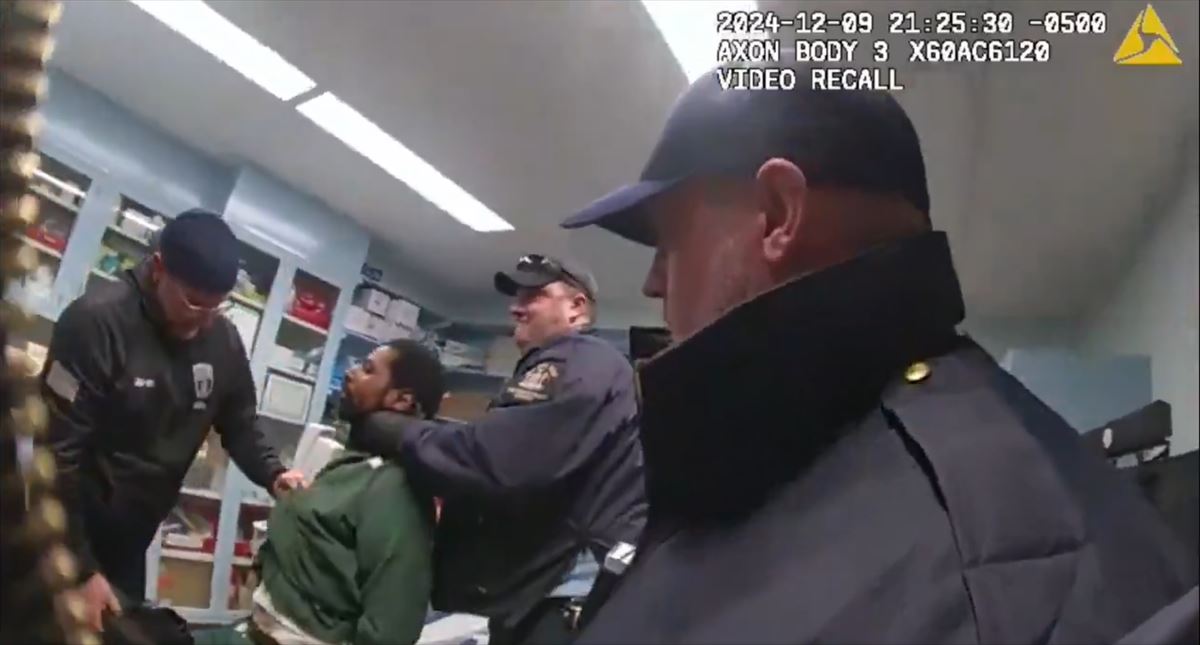"I've realized the importance of publishing Fraisoro's dark and stigmatized space."
- Fraisoro, the house of exhibitors, ascends through Zizurkil. There is the building that housed abandoned children. For over a hundred years they have built the Inclus, and for decades they have been working on the theme Eva María García Magnecessity. We have travelled to the past knowing that yesterday is today.
![?
Argazkia: Dani Blanco / ARGIA CC BY-SA
[Klikatu eta arrastatu lekuz aldatzeko]
?](https://www.argia.eus/astekaria/docs/2855/argazkiak/1.jpg)
Eva María García Magkidá. San Sebastián, 1966
In 2008 he received the research grant from Manuel Larramendi Kultur Bazkuna and published his work La madre de Fraisoro, the children of Fraisoro, that is, the history of the 20th century of the birthplace of the exhibitors of Gipuzkoa. Without forgetting the theme, three years ago he advanced, deepened and carried the work further, Women of mud, crystal childhoods. In the book Fraisoro 1903-1985, moving silent reality into the light, fighting stigma.
A text from the General Boards of Bizkaia in 1864 includes the “House of the Children Who Throw Themselves or the Esposituas”. What were exotic children?
The word comes from the Latin word, from the word expontus, ex + positus, and would mean “left home”. That is the word that was used in his day to leave out the children that their parents could not maintain or that they did not want. These children used to leave in public places if they wanted children to live, even outside the family. If not, for example, the child was abandoned in the forest so that it would not appear alive. Custom made the name esposito become a denomination for those born in these circumstances. However, Carlos de España V.ak described this name as reprehensible and allowed those who had it changed. Instead, the exhibitors began to take the name of the places in which they appeared: in Spanish, of the Cross, of the Forest, of the Mata… Then they gave them the name of the village of the lathe in which they left the child: Tolosa, San Sebastián, Azpeitia…
Lathe?
Yes, a rotary device, a cylinder cut in half. It was installed in the house of the exhibitors or in the exterior facade or wall of the convents to communicate the exterior and the interior. It was like the lockdown costume houses and people used it to leave children anonymously. When he was left around, the weight of the child turned on a bell, warning inmates that there was an abandoned child. They did so in Fraisoro. It has to be said that in Gipuzkoa there were no inclusions, they took abandoned children to Pamplona and Calahorra, and from Calahorra to the Hospital de la Virgen de la Gracia in Zaragoza. It was an incident between dioceses. The newborn on a donkey, or on horseback or with chariots, from now on, was the death of many of them.
It says that in 1844, tornos were installed in Gipuzkoa…
Tornos already existed in Tolosa, San Sebastian, Azkoitia and Azpeitia, towns of the diocese of Pamplona, and in Arrasate, in the diocesan town of Calahorra. In 1844, the Spanish monarchs and tornos that approved the Espositos Regulations were constituted by judicial parties: They were installed in Donostia, Tolosa, Azpeitia and Bergara and Arrasate and Azkoitia were eliminated. The collection of abandoned children was centralised in these villages. Along with the tornos, a lactation network was established for the Indians of the province to guarantee breastfeeding. Breastfeeding was essential for the survival of these children. But breastfeeding of children of unknown origin frightened many of them by the contamination of possible diseases, so the students preferred to drink children of good family. However, the breastfeeding of exhibitors was a paid activity, and women in extreme need, most of them in a marginal environment, accepted this task. The conclusion is that child care was deficient.
Then they built Fraisoro. Why?
The poor outcome of care for abandoned children. Among these children, the mortality rate was very high, up to 80% in Spain. In 1791, at the Provincial Assembly held in Elgoibar, it was proposed to build an inclusiveness for exhibitors, but the Council did not have enough money and the project was delayed over and over again. The knot was released shortly after the creation of the Provincial Savings Bank through the social work of kutxa. First, in Zizurkil, the Fraisoro school farm was founded for the children of the baserritars, and later it was decided to finance the birthplace of Fraisoro. The construction of the cradle in the same place of the farm school was important because, besides having enough land on property, the production of the farm school allowed the supply of milk and food to the neighbors of the cradle. In addition, it was a discreet place, close to the train station.
"The newborn on a donkey, or horseback or reel, walking here meant the death of many of them."
When is the house of Fraisoro?
Opened in 1903 in Zizurkil, its initial mission was to provide protection and medical care to children abandoned in public places and abandoned in provincial tornos. From 1913 on, she also welcomed single women who wished to hide their pregnancy. Thus, they offered to these women an anonymous, safe and free health delivery in Fraisoro and also the possibility of leaving their son or daughter with certain guarantees. The Representative managed everything related to pregnant women and children, i.e. entry and exit processes, tests, adoptions, etc. On the contrary, domestically, the organization of Fraisoro was in the hands of the Daughters of Charity.
.jpg)
Was there not before, therefore?
According to the press of the time, like Fraisoro, there was no such thing in Spain. The leaders of Kutxa and Diputación took as a model La Poupponiere de Porchefontaine, de Versalles (France), with the most modern hygienic-sanitary advances of the time. However, the early years of Fraisoro were not easy, among other things because the heating caused the bronchial disease to the children, but shortly thereafter, thanks to the reforms carried out in the building and the actions of its doctors, the mortality rates were decreasing, very slowly, but at least decreasing.
Why were these mothers abandoning their children?
Poverty and dishonour were the main causes. Having the child out of wedlock was a great dishonor, not only for the pregnant woman but for her whole family. The family often pressured the mother to leave the institution if she wanted to go home, so the administration would take care of her food.
Although Fraisoro was a refuge for children registered only as “unknown parents”, he also received children from poor families, abandoned without identification, as if they were espositors.
As we read in his book, Fraisoro was a fairly normal life.
I have only collected what women say, the testimonies of the period 1954-1974. Most say that in Fraisoro they were well for the state of their pregnancy, considering the local and domestic panorama. I have received numerous comments, and my conclusion is that the coexistence in it depended on the degree of empathy of the Mother Major and the community of Daughters of Charity that was at every moment at home, as well as on the nature of the members of the group of women who had to live together.
The testimonies collected are not romos...
In Fraisoro, somehow, the social stigma of having a single mother in a woman's life was reduced. One, for example: “I left a small town to Fraisoro because I wanted to flee from the slogans. There, seeing that most of the women were in the same situation, I was reassured.” Or some other: “People think it was a marginal place, but we had a good time, we ate well. It was a very normal life. As everywhere, among us there was everything, also among nuns; most, very sweet, but some also quite crude.”
They are the words of the women who lived in Fraisoro…
Yes, they make comments of this kind. The Senior Mother asks in a letter to the Deputy to instruct her parents to receive a young mother with behavioral problems: “This is by no means a correctional, this is the house of single mothers. [Girl] She is a minor and her care and education are the responsibility of the parents.” To understand the birthplace of Fraisoro, and other residences that welcomed “deviant women”, harder and more demanding, we have to resort to the past, but not very old, but to a relatively close past to us.
What is that past?
A time when women have experienced terrible inequality and injustice. The problem of non-marital pregnancies has had a great influence on women and children thus born. For example, in the book I teach that in many cases the lack of protection and social and family rejection caused many women to turn away from their children. Perhaps it was not their will, but society forced them to do so because of the false morals of the Church. At that time, the management of these pregnancies was aimed at avoiding the scandal and at concealing the consequences of an unjust social structure for women.
.jpg)
How long did they have children in Fraisoro?
Up to five years. Since 1932, more and more children left Fraisoro with their biological mother, since the grant called “single mothers allowance” was approved. In the case of women with a firm decision to give the child for adoption, from the beginning they signed the renunciation or permission to leave the child in the custody of a family. Others, for their part, had the opportunity to leave outside after a year of work in the nursery, women who until they got a job and a stable situation took care of the child in Fraisoro.
And after that time did they receive the child?
Most of them did, but others left him in limbo because they did not receive or grant the adoption permit. On the other hand, there was a group of women who wanted to retain the child, but who could not return home because the family did not accept the child. Some of them remained in the house of the crib and, at the end of the milk, workers until their child turned five. After this deadline, the child had to leave the institution, with or without a mother, in adoption or in another institution. The woman who was not seen alone in society, but with a child, had a big dilemma, and many, in extremis, had to accept a marriage of convenience that would give them dignity and a better future.
"Free man! That has always been the case! When we talk about abandoned or adopted children, the mother seems to be solely responsible for this situation. And where is the father?"
We are going back and forth “women” and “mothers”, their life in Fraisoro, their upbringing or adoption… and their men?
Free man! That has always been the case! When we talk about abandoned or adopted children, the mother seems to be solely responsible for this situation. And where is the father? Some of these pregnancies occurred in the context of prostitution. Others were the result of rape and abuse and, in many cases, of women with physical or intellectual disabilities in the family or work environment, without a judicial complaint. According to a 1974 testimony, two sisters were pregnant with their father. Then it is accepting the possibility of investigating parenthood. Most of these pregnancies, however, were due to relationships with the novel.
Not matrimonial.
Yes. And then the woman entered Fraisoro, while making the decision to marry him or not. If we marry, please! But if she didn't get married, if the novel was wrong, the woman left her in a grave trap. After the decision of the boyfriend, the father or family would come, accepting or not the child in this situation. Many times, one's denial accumulated the other's refusal.
Discretion, law.
Yes, on this issue that was in that stigma, the management of these pregnancies was totally oriented towards avoiding the scandal. The building and conditions were designed to preserve the anonymity of the women.
How many times did the mother deny the child?
According to a 2013 study, 51% of the children admitted between 1940 and 1990 left with their mother and 33%, that is, 853 children were adopted. In 75% of those adoption records, the mothers signed a waiver or authorization for adoption. In the rest of the cases, there are recorded efforts and efforts made to locate the woman, in order to know the intention of this mother. In cases of abandonment of the child in the public space it is impossible to know anything. On rare occasions, the dossier does not provide data to justify the absence of this document. However, we do not know what the will was behind them: We don't know what my mother's true will was! The majority decided to resign, driven by the situation and, above all, by the men of the house (father, brother, brother-in-law…). For the non-elderly, the father used to decide.
The collection system was fully structured, the Provincial Commission and the Municipal Commissions, a secretariat, staff, Daughters of Charity…
The Council of Gipuzkoa tried to protect these women, which nobody else gave them. From today’s point of view, the management of that time could be criticized, which at the time was “appropriate”, perhaps not so today, but I, in the writings, have only detected the good will of some of these workers.
"The family often pressured her mother to leave the child in the institution if she wanted to go home."
Among them, Andrés Izaskun Ibaigain.
The special person, Andrés Izaskun, seemed to me to be an extraordinary worker of the Exhibitor Secretariat. When I was working, his observations were a milestone that had great value in my work. Until then, in the exhibitor's records we only have official and formal documents, but Izaskun did something else, I began to find Andrés' notes, with great humanism, which showed a striking sensitivity in the children's files. I was particularly surprised: comments on the child in question, summaries of the dialogue with the mother... and, in most cases, emphasizing the situation and the positive part of people, as well as trying to locate the mother of the child.
Did you meet Andres Izaskun?
No, I immediately knew I had died a few years earlier, I started looking at the phone field, and in Donostia I found a single family with that name. Call and family of Andres Izaskun! They welcomed me very well. I was preparing the questions, and when we were in the conversation, my daughters. “Yes, my father, being a child here...” and this and him. That flash! I think when I heard it, I didn't make any other words. “Now I get it!” I said. The humanity of Andrés Izaskun, his proposals to seek the mother of the child and the help he offered, or to take a esposit and take it to the doctor, and not be in accordance with what the doctor said, and go to another. For a thousand! The story of Andrés Izaskun is strong.
Be an abandoned child Andres Izaskun himself!
Yeah, he was an exotic. He was abandoned in Fraisoro in 1916, three days after his birth. It was collected shortly afterwards by a Oiartzun family, but when it was captured by tuberculosis, it was returned to the organization. He was in the hospital for five years and I think that's when it was done. They studied at the San Sebastian School of Arts and Crafts and at the Salesian Professional School in Pamplona. When the war broke out, the exhibitors of Gipuzkoa met in the House of Mercy of Tolosa, among them he, and what he saw there was emotion: most of them were illiterate and violent, some of whom pointed to the war and disappeared, and decided to do what he could.
.jpg)
From the secretariat of the abandoned children's committee?
Yes, in 1941 Andrés Izaskun obtained a writing and/or copying post in the Secretariat of the Committee of Exvows. His initial work revealed a lack of control over many esposits. Before being a supervisor, they created for him the figure of “visitor” and, with great corruption of tuberculosis, took the train and started touring Gipuzkoa, moving to all the homes and villages where there were exotic people to meet children and young people. He then wrote to the office a summary of the contents of each visit in the relevant file. Later, in full work saturation, he devised strategies to gain time, through posters, to unify the adult foundlings of the village or valley in a given place. In addition, it helped many of them to meet their biological mother.
It's not just any topic. What sensation has it caused to write a book?
I've had a lot of emotions! The first was the discovery of the esposit character of Andrés Izaskun. Then there's more emotions, triggered by the people I've interviewed, when I opened my house and my heart. They have shown me, in a similar situation, that every reality is unique and complex. From time to time I still receive some moving email. And I've realized that the publication of the dark, stigmatized space of Fraisoro is important for those who lived there and for their descendants. Our imaginary is full of prejudice, Fraisoro was not a sensible or a criminal place...
Eva María García Magkidá (San Sebastián, 1966). In 2008 he received the research grant from Manuel Larramendi Kultur Bazkuna and published his work La madre de Fraisoro, the children of Fraisoro, that is, the history of the 20th century of the birthplace of the exhibitors of Gipuzkoa. Without forgetting the theme, three years ago he advanced, deepened and carried the work further, Women of mud, crystal childhoods. In the book Fraisoro 1903-1985, moving silent reality into the light, fighting stigma.
* * * * * * *
Andrés Izaskun I
“Andrés Izaskun, for example, was abandoned in Fraisoro in 1916, three days after his birth. She spent her childhood and youth under the supervision of the Provincial Commission of the Esposits, and then became part of the secretariat of that institution. He began to recover the dossiers of dust and forgetfulness, highlighting the scant control over the children under the supervision of the Committee of Espositors.”
Andrés Izaskun II
“He went all over Gipuzkoa to meet one by one the exhibitors who were distributed by the families and to offer his professional and personal support. In the cases in which he found ill-attended children, he returned to Fraisoro. It also facilitated meetings between mothers and children if the woman accepted it. The drafting of the summary of the steps taken in the relevant dossier has been of vital importance in my work.”
Andrés Izaskun III
“The sensitivity and empathy shown by Andrés in the records was justified, was fully related to his condition of esposit. There was no more suitable than him to understand and meet the needs of those children and young people served by the Council of Gipuzkoa. On the other hand, the favorable attitude towards single mothers made me think that I would not help these women thinking about their biological mother”.
LAST WORD
False Moral
“I started doing this work with all the prejudices and, as I expanded, I realized that the ‘problem’ of non-marital pregnancies did not exist among those walls: rape and abuse in the family, that my father would not allow his pregnant daughter to return home, that his boyfriend was wrong… It was a problem caused by a false morality that opened the churches and that the people had accepted.”
Goldatz talde feministak antolatua, ortziralean, urtarrilaren 3an, Jantzari dokumentala proiektatuko dute Beralandetan (17:30ean) eta biharamunean, urtarrilaren 4an, Berako bestetako tradizioak aztergai izanen dituzte Maggie Bullen antropologoarekin leku berean (10:30).
Ander Magallon, Mikel Irure eta Xabier Jauregi Metropoli Forala saioan egon dira maskulinitate berrien inguruan mintzatzen.











.jpg)
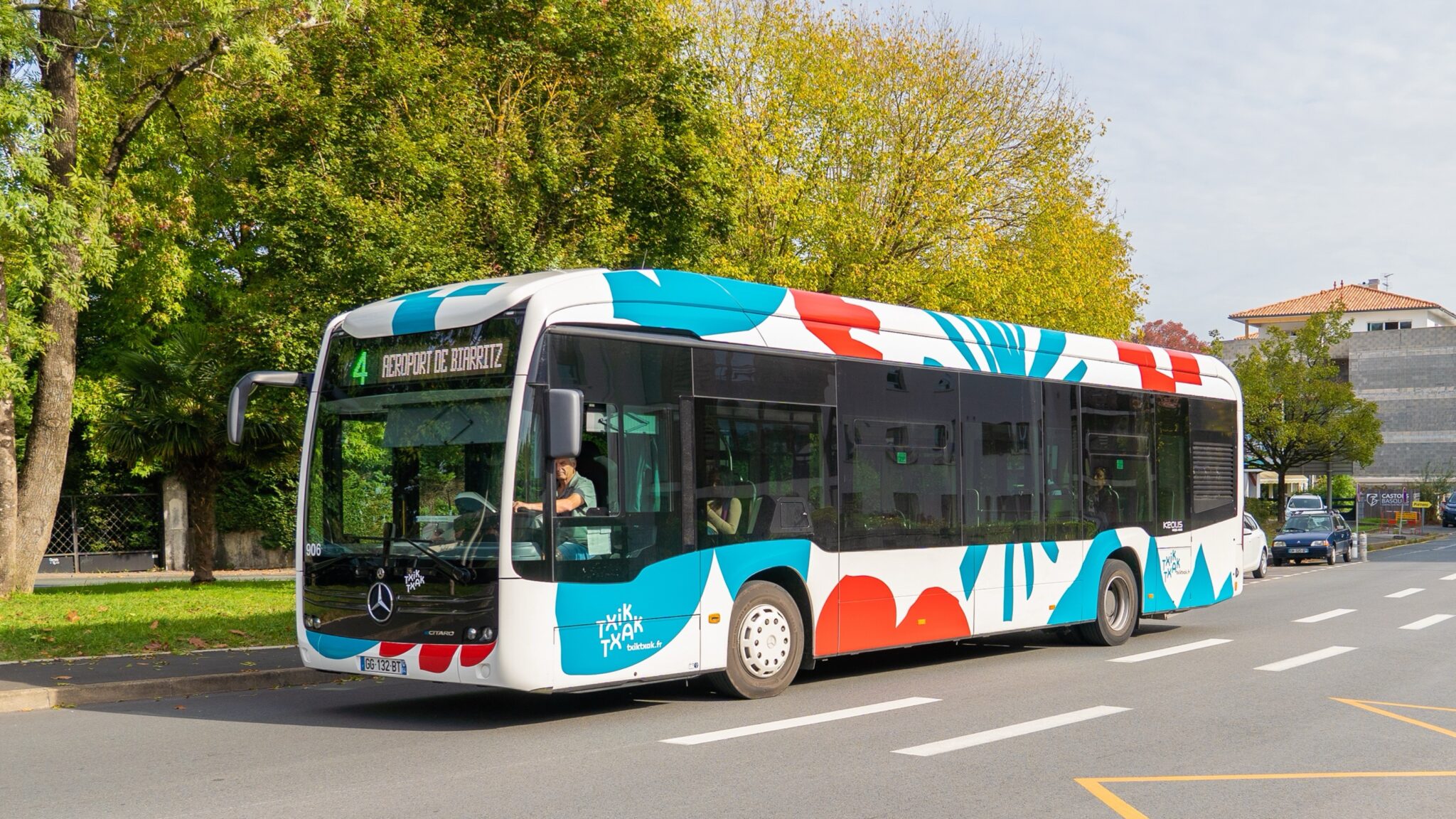
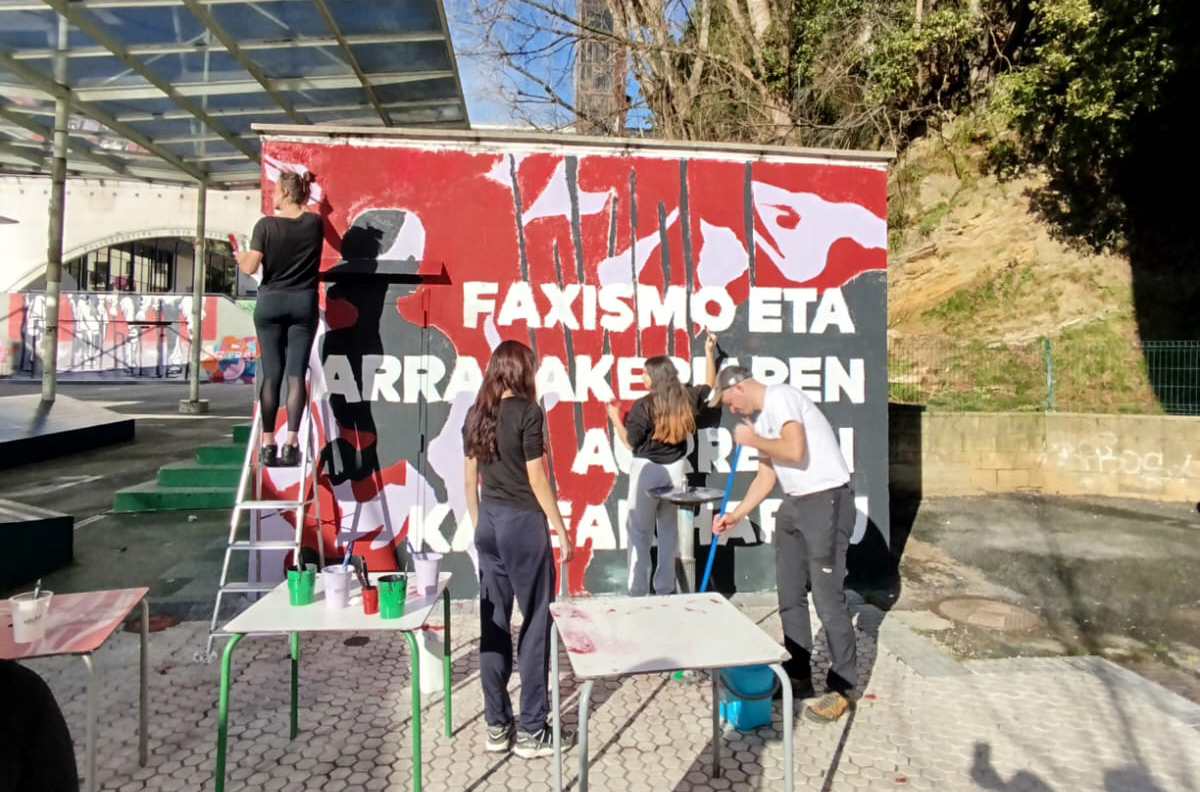
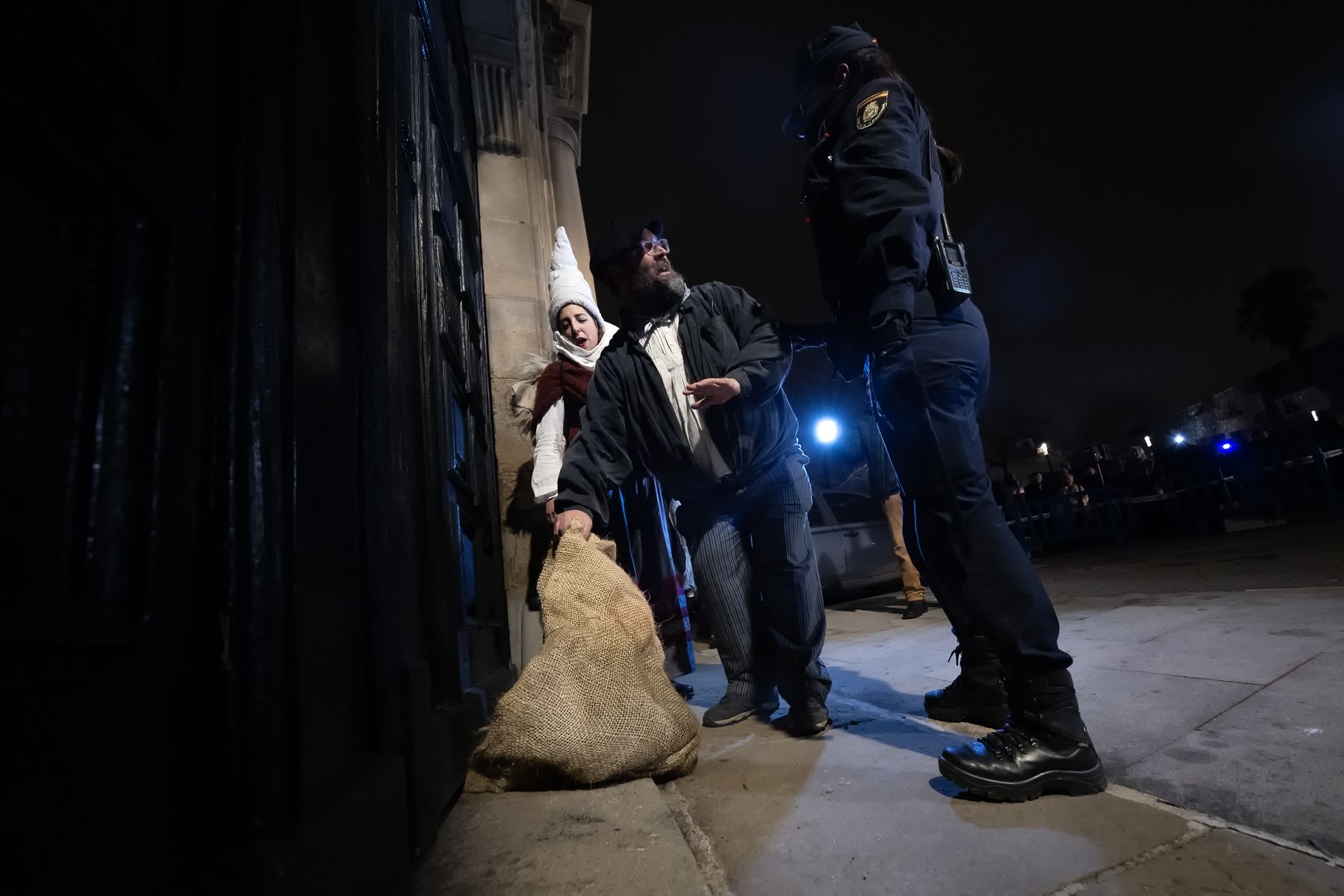


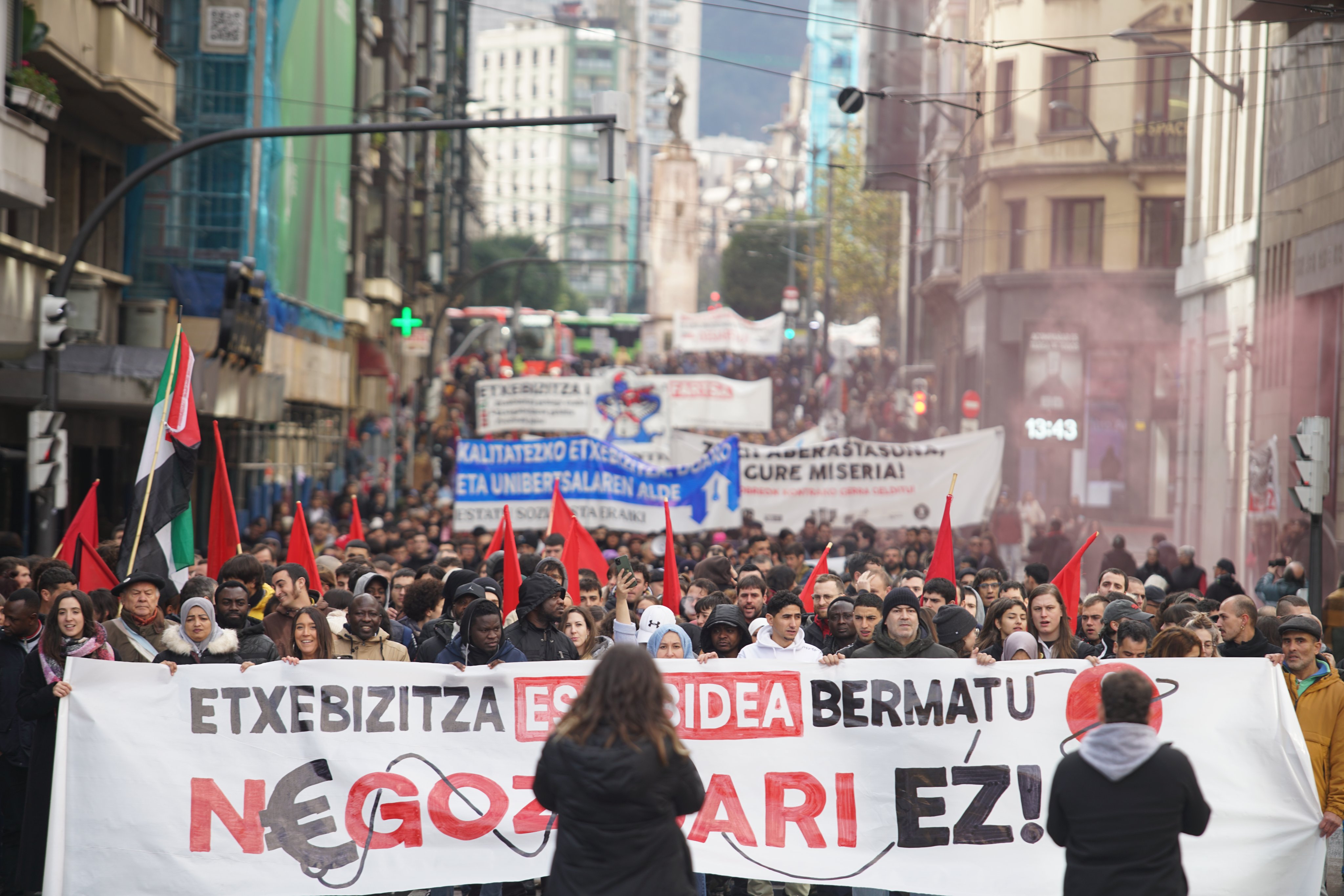

.jpg)
